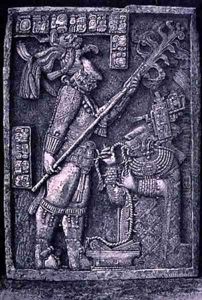Chapuis, Honore Paintings
Honoré Chapuis was a French artist born in 1809. Not to be confused with the famous French novelist and playwright Honoré de Balzac, Chapuis was part of the 19th-century European art scene, a period known for its rich artistic movements including Romanticism, Realism, and Impressionism.
Although not as widely recognized as some of his contemporaries, Chapuis contributed to the art world with his own unique style and perspective. He would have been trained in the techniques that were prevalent during his time, which often involved a rigorous study of the classics, live model drawing, and a strong emphasis on technical skill. Artists of this era were beginning to explore new themes and techniques, moving away from the strictures of academic art and beginning to explore more personal and evocative subject matters.
Throughout his career, Chapuis would have been affected by the various artistic movements of the time. However, there is limited information available on his specific contributions or on the exhibitions in which he might have participated. Given the time he was active, he may have exhibited his work in salons or local galleries, and his work would reflect the sensibilities and artistic concerns of the 19th century.
Chapuis lived through a transformative period in French history, which included events such as the July Monarchy, the Second Republic, the Second Empire, and the early years of the Third Republic. These political upheavals often had a direct impact on the arts, as artists and intellectuals were deeply involved in the ideological struggles of the time.
Honoré Chapuis passed away in 1889. Unfortunately, due to the scarcity of records, Chapuis is not a well-documented figure in art history. Consequently, his work is not as studied or as accessible as that of some of his peers. This lack of information can sometimes happen with artists of the past, especially those who may not have achieved significant fame or whose works have not survived or been preserved in public collections.
